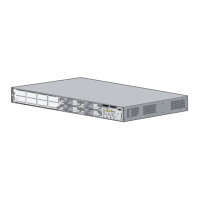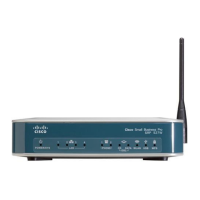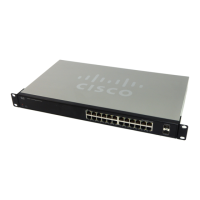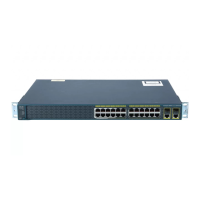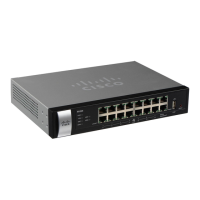b
If disabled, enable TRILL style mac-address learning with the mac address-table core-port-learning
command.
c
In the VPC domain configuration mode, configure the emulated switch ID with the fabricpath switchid
<switchid#> command.
d
On each of the VPC/VPC+ peer link interfaces in interface configuration mode, enter the switchport
mode fabricpath command.
e
On each VPC/VPC+ peer link port channel, enter the VPC peer-link command.
f
Configure the VPC ID with the vpc vpcid command.
If you are changing an existing FEX VPC configuration to a FEX VPC+ configuration on an F Series
module, follow these steps:
a
In the VPC domain configuration mode, enable partial DF mode with the fabricpath multicast
load-balance command.
b
If disabled, enable trill style mac-address learning with the mac address-table core-port-learning
command.
c
In the VPC domain configuration mode, configure the emulated switch ID with the fabricpath switchid
<switchid#> command.
7
Copy the configuration.
switch(config)# copy running-config startup-config
switch(config)#
Verifying the Configuration
This section describes how to display the configuration of the Fabric Extender and verify the chassis hardware
status.
Verifying the Fabric Extender Configuration
To display configuration information about the defined interfaces on a Fabric Extender, perform one of the
following tasks:
PurposeCommand or Action
Displays information about a specific Fabric Extender
or all attached units.
show fex [FEX-number] [detail]
Displays the Fabric Extender ports that are pinned to
a specific switch interface.
show interface type number fex-intf
Displays the switch interfaces that have detected a
Fabric Extender uplink.
show interface fex-fabric
Cisco Nexus 2000 Series NX-OS Fabric Extender Software Configuration Guide
26 OL-25816-02
Configuring the Fabric Extender
Verifying the Configuration

